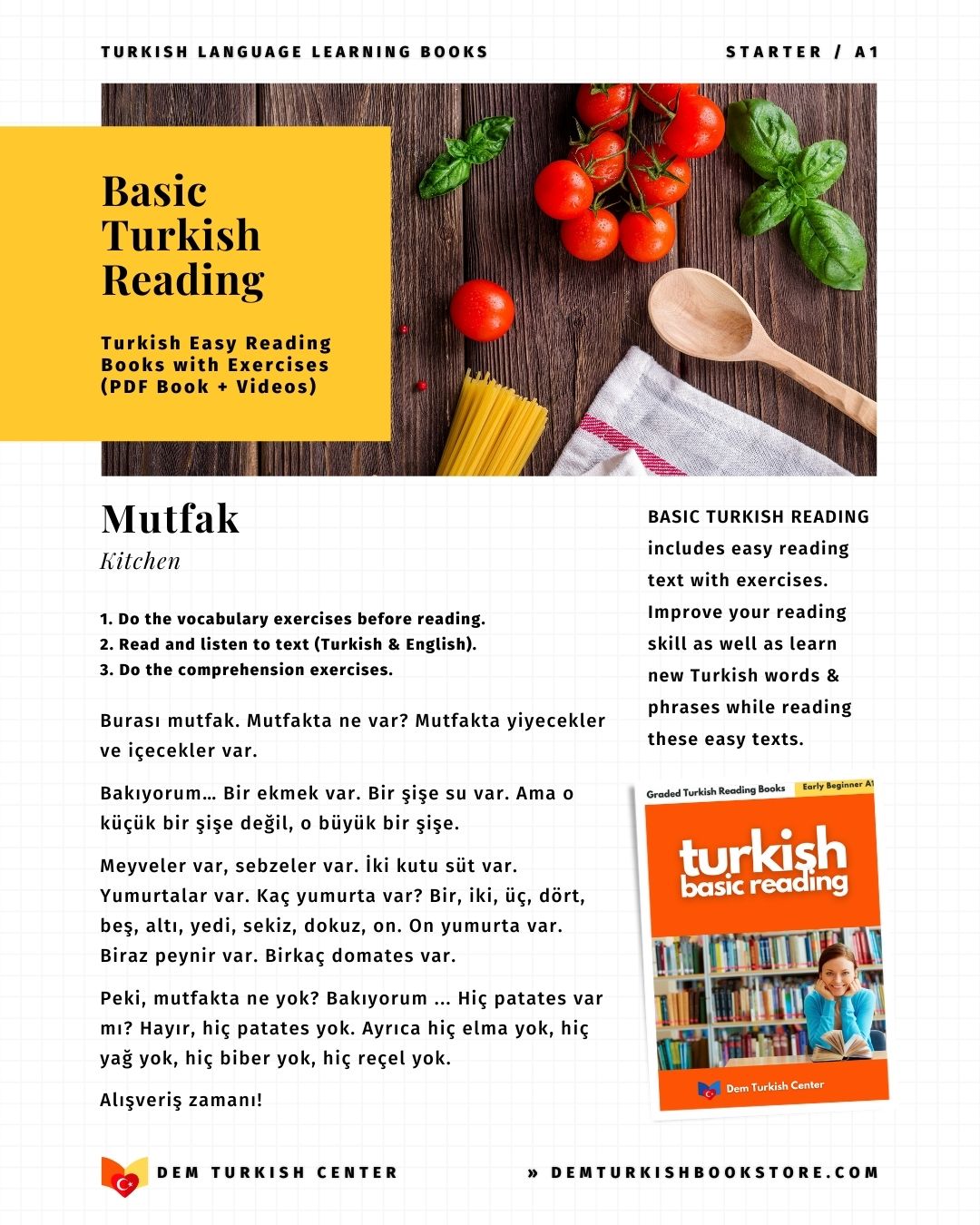
Balancing Grammar and Conversation When Learning a Language
Learning a new language is an exciting journey, but it often comes with a common dilemma: "Should I focus more on grammar or on conversation?""
Some learners get stuck memorizing verb conjugations and sentence structures without ever speaking, while others dive into conversations without understanding basic grammar, leading to frequent mistakes. The key to success lies in finding the right balance between the two.
How to Balance Grammar and Conversation When Learning a Language
Language Learning with AI: A Beginner’s Guide
Why Both Grammar and Conversation Matter
The Role of Grammar
Grammar provides the framework of a language. Understanding rules like verb tenses, word order, and sentence structure helps you:
- Communicate clearly Avoid misunderstandings by using correct grammar.
- Build confidence Knowing the rules reduces fear of making mistakes.
- Advance faster A strong foundation allows you to learn more complex concepts.
AI For Language Learning: The Pros and Cons
The Role of Conversation
Speaking practice brings the language to life. Regular conversation helps you:
- Improve fluency Thinking and responding quickly becomes easier.
- Learn naturally You pick up slang, idioms, and real-world usage.
- Develop listening skills Understanding native speakers is crucial for communication.
7 Common Mistakes to Avoid When Learning a New Language
How to Balance Grammar and Conversation
1. Start with the Basics, Then Speak Early
Don’t wait until you’ve mastered all grammar rules before speaking. Learn essential structures (present tense, basic questions) and immediately practice them in simple conversations.
2. Use the 70/30 Rule
Spend about 70% of your time on active practice (speaking, listening, writing) and 30% on grammar study. This keeps learning practical while still reinforcing rules.
3. Learn Grammar in Context
Instead of memorizing isolated rules, see grammar in action:
- Read short stories or dialogues.
- Listen to podcasts and note sentence structures.
- Practice writing sentences using new grammar points.
Beginner’s Guide to Learning Multiple Languages: From Zero to Fluent
4. Correct Mistakes Naturally
When speaking, don’t obsess over every error—focus on being understood. Later, review mistakes and reinforce correct usage through exercises.
5. Mix Structured and Casual Learning
- Structured learning Textbooks, grammar drills, and language apps.
- Casual learning Chatting with native speakers, watching movies, or joining language exchanges.
6. Keep a Feedback Loop
- Record yourself speaking and analyze errors.
- Ask native speakers or teachers for corrections.
- Revisit grammar rules that trip you up in conversation.
Balancing grammar and conversation is aboutlearning the rules and then using them in real life. Too much focus on one can slow progress, but combining both leads to faster, more natural fluency.
What’s your experience with grammar vs. conversation? Share your tips in the comments!













